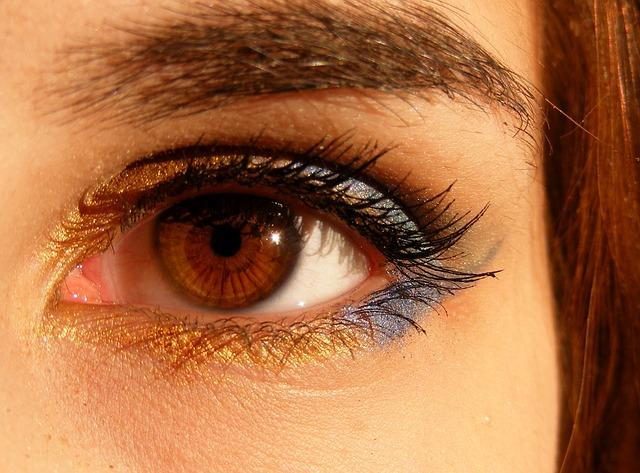
Can Cataracts Be Reversed?
There is a growing population of aging patients suffering from cataracts and many are unaware of a simple solution that may reverse this eye disease.
A cataract is a clouding of the lens in the eye that affects vision. Most cataracts are related to aging. Cataracts are very common in older people. By age 80, more than half of all Americans either have a cataract or have had cataract surgery.
What is the lens?
The lens is a clear part of the eye that helps to focus light, or an image, on the retina. The retina is the light-sensitive tissue at the back of the eye.
In a normal eye, light passes through the transparent lens to the retina. Once it reaches the retina, light is changed into nerve signals that are sent to the brain.
The lens must be clear for the retina to receive a sharp image. If the lens is cloudy from a cataract, the image you see will be blurred.
The following are all potential symptoms of cataracts.
- Color vision becomes distorted
- Feel like you're looking through a cloudy piece of glass.
- Increased sensitivity to glare, especially from oncoming headlights
- Blurred vision
- Need for brighter light in order to see clearly
- Double vision when looking out of just one eye
- More difficulty seeing in the dark
- Vision is brighter in one eye than the other eye
Most patients will quickly resort to surgery to replace the eye lens, however, it is important to know that part of the problem may be from a simple nutrient deficiency.
Are you aware that cataracts can be reversed?
I bet you that your ophthalmologist has told you that nothing but surgery is the only answer.
Fortunately that is not what the medical research has to say.
Research has documented that the nutritional product carnosine (not to be confused with carnitine) has been able to prevent and sometimes even reverse cataracts.
When carnosine is acetylated, as in N-acetyl-L-carnosine, it becomes a time-release dipeptide that can move easily both into water-soluble as well as lipid-containing parts of the eye and improves DNA repair, thus bringing vision back to better levels.
In one of the studies people in their 60s suffering with cataracts for 2-21 years used drops of carnosine solution three or four times a day for a few months. Carnosine improved their sight making the lenses became more transparent or clear. Basically, it reversed the effects of cataracts!
In another study, a group of people who were told they would need cataract surgery within two years, one group received the eye drops while another group used placebo drops.
After six months, 90% of the eyes treated with N-acetyl carnosine showed improvements in visual acuity anywhere from 7-100%.
Glare sensitivity improved 27-100% in 88% of people. And there was no worsening of vision, as there should have been with time.
References:
- Babizhayev M, at al, Efficacy of N-acetyl-carnosine in the treatment of cataracts, Drugs Res Devel, 3;2:87-103, 2002
- Rogers Sherry, Total Wellness, Prestige Publishing
- Babizhayev MA, Biomarkers and special features of oxidative stress in the anterior segment of the eye linked to lens cataract and the trabecular meshwork injury in primary open-angle glaucoma: challenges of dual combination therapy with N-acetylcarnosine lubricant eye drops and oral formulation of nonhydrolyzed carnosine, Fundam Clin Pharmacol. 2012 Feb;26(1):86-117.
- Babizhayev MA, Deyev AI, Yermakova VN, Brikman IV, Bours J, Lipid peroxidation and cataracts: N-acetyl-carnosine as a therapeutic tool to manage age-related cataracts in human and in canine eyes, Drugs R D. 2004;5(3):125-39.
- Babizhayev MA, Micans P, Guiotto A, Kasus-Jacobi A, N-acetylcarnosine lubricant eyedrops possess all-in-one universal antioxidant protective effects of L-carnosine in aqueous and lipid membrane environments, aldehyde scavenging, and transglycation activities inherent tocataracts: a clinical study of the new vision-saving drug N-acetylcarnosine eyedrop therapy in a database population of over 50,500 patients, Am J Ther. 2009 Nov-Dec;16(6):517-33
- Quinn PJ, et al, Carnosine: its properties, functions and potential therapeutic applications, Molec Aspects Med, 13; 5:379-444, 1992
- http://www.functionalmedicineuniversity.com/public/852.cfm
